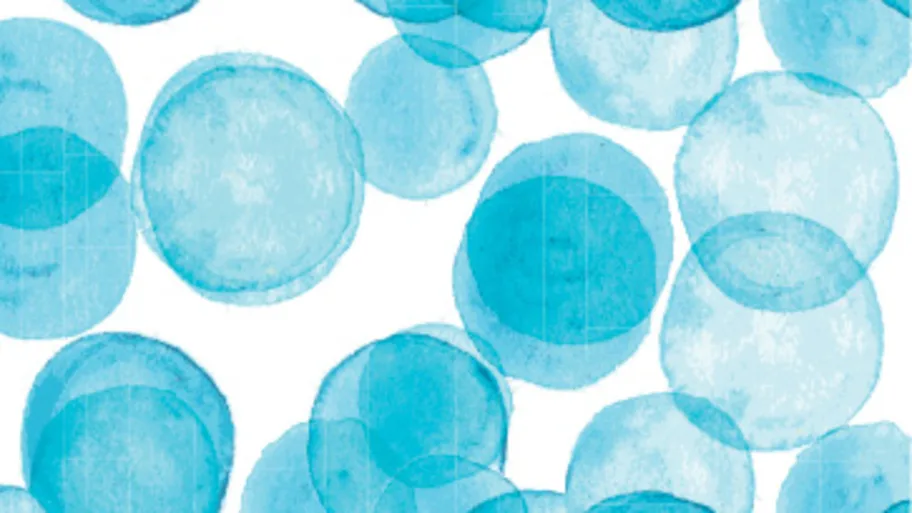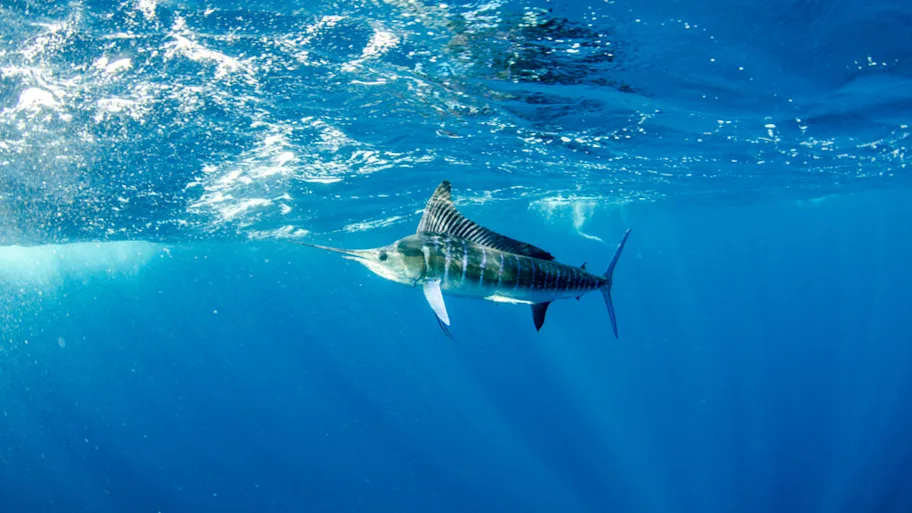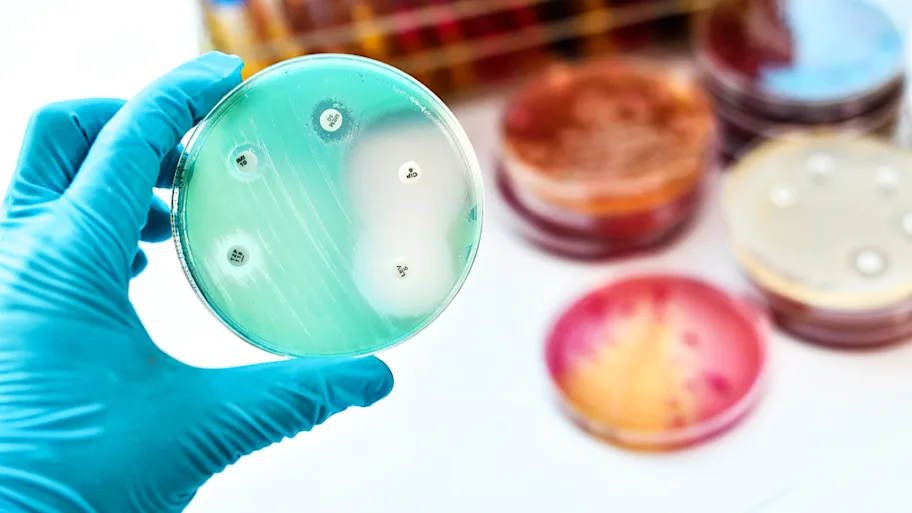
- Science News
- Life sciences
- Imprecise iron supplementation can spur increase in Salmonella
Imprecise iron supplementation can spur increase in Salmonella

Inconsiderate supplementation of iron to treat anemia, without proper interpretation of lab work including iron indices, may impair the host’s ability to fight off bacteria such as Salmonella
— By Marcus Banks
One would think that too much iron is too much iron – whether it is ingested from particular foods or stored in the body genetically – and that pathogens such as Salmonella would grow identically in either case. It turns out that this is not the case, and that genetic and dietary forms of hemochromatosis – iron overload – lead to divergent paths with respect to _Salmonella_infection. This is the conclusion of a recent paper published in Frontiers in Cellular Infection and Microbiology, authored by Dr. Manfred Nairz and colleagues.
Many people experience excessive deposits of iron in their bloodstreams, which is a medical condition known as hemochromatosis. This most often occurs genetically, affecting people in adolescence or in adulthood. Excessive iron accumulation is a concern for many reasons, as the body has no natural way to dispose of iron. These excessive deposits will eventually damage tissues and organs. In addition, infections that enter the body rely upon cellular access to iron as a means of spreading more rapidly within the infected person’s body than they could otherwise. For example, the pathogen Salmonella – which people experience as a type of food poisoning – feeds upon iron to course throughout the body.
Although hemochromatosis is commonly genetic it can also result from repetitive blood transfusions due to an underlying hematologic disease. It is also possible that some people will accumulate excessive iron simply from the foods they eat. Many foods, such as tuna and red meat, are particularly rich in iron. A person who consumes these iron-laden foods at greater than typical levels has the potential to develop dietary hemochromatosis.
The research team infected two different strains of mice with Salmonella – one strain of mice had normal levels of iron, the other had an excessive amount of iron (which is roughly analogous to humans who experience genetic hemochromatosis). Both strains of mice then received additional iron orally, as a way to replicate dietary iron overload. The normal mice, whose main source of excessive iron was only dietary and not genetic, became particularly susceptible to the spread of Salmonella. The mice who were genetically susceptible to accumulating iron actually fared better with guarding against Salmonella.
This is a counter-intuitive finding, given that the genetically hemochromatotic mice actually had more iron in their bodies overall than the mice with dietary iron only. The reason is an essential difference between genetic and dietary hemochromatosis. In the genetic version of hemochromatosis there is actually a deficit of iron in macrophages, which is the cell type that Salmonella invades and grows within. This is because iron is distributed elsewhere throughout the mice’s body in these genetic cases, in great quantities. The shortage of iron in the macrophage acts as a brake against Salmonella. With dietary iron overload, on the other hand, much of the iron winds up in the body’s macrophages. That is exactly what Salmonella is hoping to find.
The importance of the paper stretches beyond understanding what makes Salmonella flourish. Many people suffer from anemia due to an iron deficit, which is the exact opposite of hemochromatosis. This can lead to fatigue and general lethargy, and an infusion of iron is one common remedy. An excessive infusion of iron, alas, is likely to lead to an increase in Salmonella and other similar infections. As. Dr. Nairz remarks, “inconsiderate supplementation of iron to treat anemia, without proper interpretation of lab work including iron indices, may impair the host’s ability to fight off bacteria such as Salmonella .” Physicians should be attuned to this trade-off when treating anemia or other forms of iron deficit.






